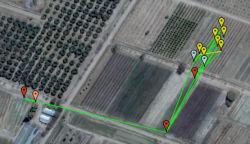Watch the French version of the video.
Predicting Frost Events
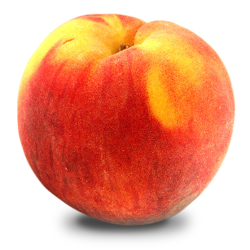 In 2013, 85% of the peach production in the Mendoza region (Argentina) was lost because of frost. Because less fruit was produced in the region, 600.000 less work days were needed to process the harvest between November 2013 and March 2014, a reduction in work force of 10.600 people. Across the Mendoza region, frost has caused a loss of revenue of 950 million Argentine pesos roughly 100 million USD in the peach business alone.
In 2013, 85% of the peach production in the Mendoza region (Argentina) was lost because of frost. Because less fruit was produced in the region, 600.000 less work days were needed to process the harvest between November 2013 and March 2014, a reduction in work force of 10.600 people. Across the Mendoza region, frost has caused a loss of revenue of 950 million Argentine pesos roughly 100 million USD in the peach business alone.
A frost event happens when the temperature is so low that the crops cannot recover their tissue or internal structure from the effects of water freezing inside or outside the plant. For the peach production, a critical period is when the trees are in bloom and fruit set (Aug./Sept. in Mendoza), during which the temperature needs to be kept above 3° C. Even a few hours below that temperature causes flowers to fall, preventing fruits to grow.
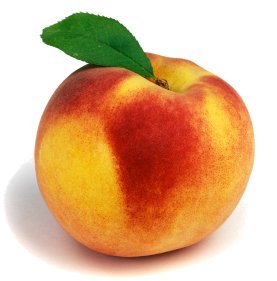 The goal of the project is to predict frost events in peach orchards by using dense monitoring using low-power wireless mesh networking technology. Off-the-shelf commercial solutions are available today which offer >99.999% end-to-end data reliability and a decade of battery lifetime.
We deploy low-power wireless mesh networks of temperature, relative humidity and soil moisture sensors directly into the orchard. We use machine learning and pattern recognition to build a micro-climate predictive model by continuously analyzing the gathered sensor data in real time, and issue early frost warnings.
The goal of the project is to predict frost events in peach orchards by using dense monitoring using low-power wireless mesh networking technology. Off-the-shelf commercial solutions are available today which offer >99.999% end-to-end data reliability and a decade of battery lifetime.
We deploy low-power wireless mesh networks of temperature, relative humidity and soil moisture sensors directly into the orchard. We use machine learning and pattern recognition to build a micro-climate predictive model by continuously analyzing the gathered sensor data in real time, and issue early frost warnings. May 2017, Updating SolSystem

The sensor data and network statistics generated by the network are parsed, transfered, stored and displayed using SolSystem. The SolSystem is separated in two agents, the solmanager, running on the RaspberryPi that is in the fields, and the solserver that runs in Inria servers in Paris. To ease the maintenance,…
May 2017, Deploying the motes !
Carlos came to pick us up at the hotel and we all went in direction of the Inta in Junin where the peach tree are. In an hour, all the new motes were deployed and fully working ! We then attached the EC5 sensor to a mote in the center…
May 2017, Preparing Boxes
SHT31-D Adafruit board
To measure Temperature and Humidity at 4 different height, we use 4 SHT31-D Adafruit board. The communication with the board is done with I2C. Because the board allows only two addresses, we toggle the address pin of the different board on after the other. If we want to communicate with…
Decagon GS1 and EC5
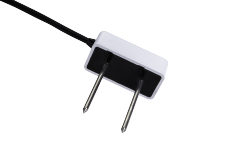
To measure the soil moisture we are using the GS1 and EC5 from the Decagon company. Those two sensors measure Volumetric Water Content and return an analog value between 1V and 2.5V. GS1 Manual http://publications.decagon.com/Manuals/14640_GS1_Web.pdf Due the power consumption of the moisture sensor, we developed a digital switch to power…
May 2017, Visiting Inria-Chile

This year, the first stop of our trip was at Inria-Chile to present the EVA team projects and meet the team. We talked about SnowHow, SmartMarina and of course SaveThePeaches! Check out articles about this meeting: http://inria.cl/experto-en-iot-de-inria-visita-inria-chile/ http://inria.cl/proyecto-smartmarina-reinventa-los-puertos-utilizando-iot/
Octobre 16 Deployment, adding sensors
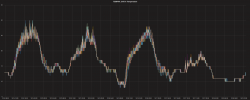
Our first external temperature+humidity sensors are alive! Until now, the temperature was measured using the board’s internal temperature sensors. And while those temperature sensors are well calibrated, the measurements were not exploitable as the motes are located into water-tight boxes above the orchard, which tend to “heat up” when in…
ACM CHANTS paper presented
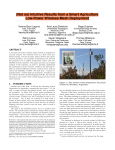
The paper “(Not so) intuitive results from a smart agriculture low-power wireless mesh deployment” was just presented at the ACM International Conference on Mobile Computing and Networking (MobiCom), Workshop on Challenged Networks (CHANTS). It is now available online: http://dl.acm.org/citation.cfm?id=2979696
Octobre 16 Deployment, first visit
ACM CHANTS paper accepted!

(Not so) Intuitive Results from a Smart Agriculture Low-Power Wireless Mesh Deployment. Keoma Brun-Laguna, Ana Laura Diedrichs, Diego Dujovne, Rémy Léone, Xavier Vilajosana, Thomas Watteyne. The paper was accepted at ACM International Conference on Mobile Computing and Networking (MobiCom), Workshop on Challenged Networks (CHANTS). We will present it on the…









